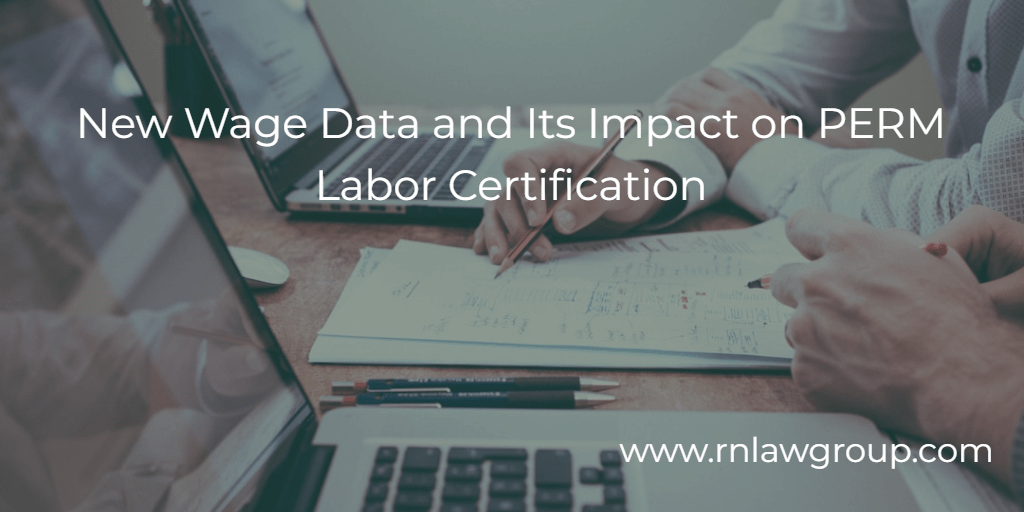
New Wage Data and Its Impact on PERM Labor Certification
Introduction
The PERM labor certification process is a critical step for employers in the United States seeking to hire foreign workers for permanent employment. A key component of this process involves ensuring that the wages offered to foreign workers meet prevailing wage standards. Recent changes in wage data can significantly affect the PERM labor certification process. This article examines the implications of new wage data on employers and foreign workers navigating the PERM process.
Understanding PERM Labor Certification
PERM labor certification is a process managed by the U.S. Department of Labor (DOL) that allows employers to hire foreign workers for permanent positions. Employers must demonstrate that they have made genuine efforts to recruit U.S. workers for the position and that hiring a foreign worker will not negatively impact the wages and working conditions of similarly employed U.S. workers. A crucial part of this demonstration involves offering wages that meet or exceed the prevailing wage rate for the occupation in the specific geographic area.
The Role of Prevailing Wage Data
Prevailing wage data is used to determine the minimum wage that an employer must offer to a foreign worker in a given occupation and location. This data is typically derived from surveys and statistical analyses conducted by the DOL, specifically through the Occupational Employment Statistics (OES) program. The wage determination ensures that foreign workers are paid fairly and that U.S. workers’ wages are not undercut by hiring foreign labor at lower rates.
Recent Changes in Wage Data
The DOL periodically updates prevailing wage data to reflect current economic conditions and labor market trends. Recent updates to wage data have shown significant changes in various occupations and geographic areas, influenced by factors such as inflation. Rising inflation rates have contributed to increased wage levels across many industries. This adjustment reflects the higher cost of living and the need to offer competitive salaries to attract and retain talent.
Impact on Employers
Employers may face higher wage obligations due to updated prevailing wage data. This can impact their budget and hiring plans, especially for small and medium-sized businesses that may struggle to meet the new wage requirements.
Impact on Foreign Workers
Updated wage data ensures that foreign workers receive fair compensation that reflects current market conditions. This helps protect foreign workers from exploitation and ensures they are paid on par with their U.S. counterparts.
Practical Considerations
- Stay Informed: Employers and foreign workers should stay informed about the latest updates to prevailing wage data. Regularly monitoring DOL announcements and wage determinations can help them adapt to changes promptly.
- Consult Legal Experts: Handling the complexities of the PERM process and prevailing wage requirements can be challenging. Employers and foreign workers may benefit from consulting immigration attorneys to ensure compliance.
Conclusion
Recent updates to prevailing wage data have significant implications for the PERM labor certification process. Employers must address increased wage obligations, while foreign workers benefit from fair compensation. Staying informed and seeking expert guidance can help both employers and foreign workers successfully navigate the PERM labor certification process.
Reddy Neumann Brown PC has been serving our clients for over 25 years. Our team is dedicated to helping our clients navigate the U.S. business immigration system by offering prompt, practical, and professional advice. Because the U.S. business immigration system can be tricky, it is always best to contact a qualified immigration attorney to help come up with the proper solution for each individual case.
By: Staff
